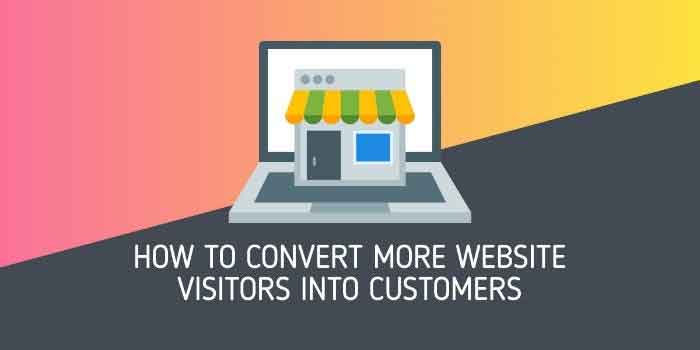
Web Design Guest Post
The corporate website today is the actual interface between the business and its prospective clients. This is even truer for IT companies, whose website should shout out messages of technical expertise, reliability, and innovativeness. That certainly calls for a strategic approach to the design of a website in such a way that it captures attention, builds trust, and spurs action. Here are key strategies to make an IT company website design attract visitors and turn them into clients.
First, you should know who your target client is before you start designing. Are they small businesses in need of IT support or large enterprise customers in need of end-to-end IT solutions? Or probably these are just individuals needing special services? Knowing your audience will let you adapt your site content and the general design to the needs and tastes of this concrete audience.
Create detailed personas of who is to be your ideal client, including demographic information, job roles, IT needs, and pain points. Hence, it ensures that your IT company website design will change according to the expectations and requirements of your targeted audience.
The most important thing is an intuitive, sleek navigation system. It means that all information a visitor may need has to be easily and quickly found. Clear headings, dropdown menus, and a search bar increase usability. Ensure access to your services, case studies, and contact information is easy.
Responsive design can no longer be an option with the high number of website accesses through mobile devices. Therefore, ensure that your IT company website design is mobile-friendly and offers an uninterrupted experience across all devices. Optimize images, scalable fonts, and easy button clicks and links, all in small screens.
It impacts user experience and search engine ranking. Image compression, browser caching, and minimization of HTTP requests compress a website’s performance. A fast loading site will keep your visitors busy and lower bounce rates.
The visual design of the website conveys professionalism and Credibility of the IT Company. This includes a clean and modern layout with a consistent color structure, quality images, and professional typography. This enhances not only aesthetic value but also helps in creating trust among the visitors.
Clearly articulate what differentiates your IT company. Your value proposition should be front and center on the website’s home page, summarizing the unique benefits and solutions you have to offer. Keep the language concise and compelling enough to draw visitors in.
Display successful projects and client testimonials that prove your authority and credibility. Case studies provide concrete examples of real-world problems your services have solved, while testimonials build trust with positive experiences from satisfied clients.
Engaging, great content is what will turn visitors into clients. Your website content copy needs to be clear, concise, focused on the needs and benefits to the client, and devoid of jargon or launching into complex language. Use basic terms that are easy to understand instead.
Optimize the website content for better search engine visibility to drive more organic traffic. You will have to organically incorporate the target keywords in copy, meta descriptions, and header titles. This will set your IT company website design apart and make it recognizable online.
An informative blog—related to the industry—will help in getting recognized as a thought leader for your IT company. Keep updating it regularly with the latest articles and how-to guides, but also add any news that might keep them coming back to your website. After all, not only is this an effective way to drive traffic, but it’s also a solid way to prove your knowledge and expertise.
Across the site, place CTAs in strategic positions to drive visitors to take action. Whether it’s subscribing to a newsletter, requesting a consultation, or downloading a whitepaper, make sure your CTAs are tremendously visible and provocative.
Use language that is clear and action-oriented for your CTAs. Phrases such as “Get Started,” “Contact Us,” and “Learn More” urge visitors to take the next step. Clearly communicate the benefits of taking action to drive conversions.
Simplify lead-capture forms and reduce friction for visitors—only requesting what is necessary to have a conversation. Let visitors know their data will be safely cared for. A lean form prompts a visitor to fill it out.
Trace user behavior on your website by using analytics tools. Knowing how visitors interact with your site helps to detect the parts that work and the ones that don’t. Use metrics such as page views, bounce rates, and conversion rates in refining the design of your IT company website.
A/B testing on design elements and content. Test different headlines, images, CTAs, and layout against each other to find what works better. Continuous testing and refinement will drastically improve your website.
Get feedback from the clients concerning their experience on your website. This will involve questionnaires, response slips, and one-on-one communication. The feedback provided can be used in pointing out the lapses and ensuring that your website serves the purpose of soliciting clients.
To drive visitors into clients, it all goes back to strategy and user-oriented design. You can make your IT company’s website design conversion-oriented by knowing your audience better, creating an engaging user experience, showcasing your expertise to them, improving the content and messaging involved, implementing effective CTAs, and using analytics. Incorporate these in a manner that not only brings visitors to your website but makes them dedicated customers too. Mega Web Design offers full-cycle website design services targeting IT companies looking to increase their online presence.